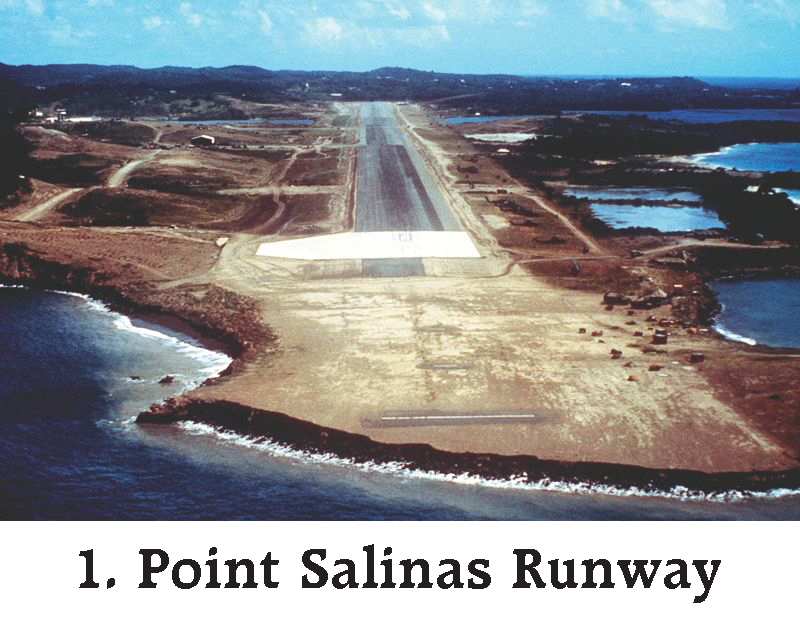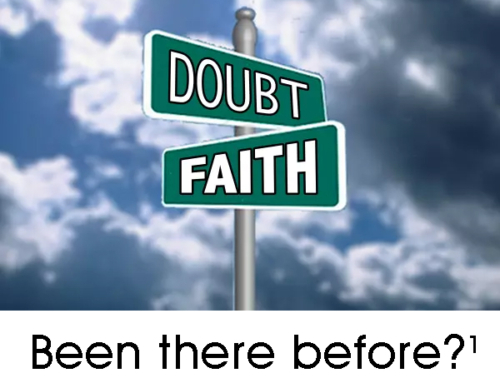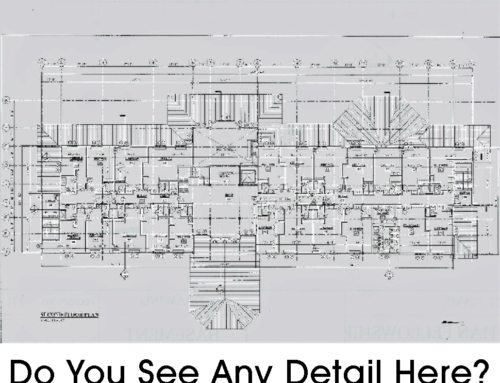Grenada Raiders, 25 October 1983
Please note that these Blogs were in no way intended to compete with the festivities associated with our Medal of Honor winner, John Chapman. It just so happens the 35th anniversary of the U.S. intervention in Grenada was the 25th of October, the same date that all the great activities for John and his family began at Hurlburt Field—and are we grateful and proud of him and his family. What can be found in our Grenada stories is the same special operations ethos that propelled John Chapman, that propels our special operations forces today and those of the future.
Grenada Raiders Part I. This time tonight (25 October), 35 years ago you all from different special operations units were boarding various aircraft and were heading to Grenada. It was President Reagan’s first military intervention. It was ugly, but it worked. Today my primary care physician was in grade school in Grenada. She graduated from Saint George’s Medical School. She told me that if you all hadn’t come, she wouldn’t be here today. Thanks, Grenada Raiders and bless all the families of those we lost in the fight.
Grenada Raiders Part II. What blows my mind is it was 35 years ago; seems like 35 days ago, but I can thank Einstein’s theory of special relativity for that. As you approach the age of 90, the speed of time approaches infinity ?. By the way, D-Day, H-Hr was 0500 local, 25 October.
Grenada Raider Part III. After Action. Following the operation, I was required to write an after-action report. I had been in the middle of the Special Operations Joint Task Force planning from the beginning, but it took me two weeks listening to ABCCC radio tapes to be able to recall all that I thought happen—and it wasn’t all. What you remember depends upon where you sat during the operation. I’m not going to try to share that report here, but I would like to share a few things that stood out in my mind.
First, nearly everyone in this task force had been deployed until just before we were notified of the operation. We had all returned home Thursday night, Friday at noon, we were alerted. The planning team was comprised of representatives from multiple units, probably 60 people in all. What made the plan come together overcoming multiple changes directed by higher headquarters was two great NCOs, Chief Duke Wiley and TSgt Taco Sanchez (now Chief), both from the Eagle Claw and Honey Badger operations. We had one secure telephone line that was always busy; hence no fighter coordination with HQ TAC. At Fort Bragg, during the planning cycle, we completely lost power for nearly six hours—flashlights work great for planning in the dark, but not for the SEALS trying to rig loads in the hanger. This turned an air drop from day to night, and we know what happened. The 23d AF Commander, M/G Bill Mall asked me where in the formation he should be during the assault on Point Salinas—I said how about Talon #3, that shouldn’t be a problem. I didn’t know at the time that it was Jim Hobson’s aircraft and General Mall got a great surprise the morning of the 25th. Monday afternoon I was en route to Saber Hall, Hunter AAF to brief the MC/C-130 airdrop crews. I caught an error in time—one hour. For some odd reason, the whole operation was on funky Navy local time instead of Zulu time that airmen are used to. I changed all the crew flimsies and vu-graphs in the back of a C-12. So, guess what, I forgot to get the word to the C-5s bringing the 160th from Ft. Campbell to Barbados so they had to attack Richmond Prison in broad daylight and a good SF friend was shot through the shoulder. Stuff happens. I remember John Carney and the SEAL recon team in a rubber raiding craft trying to get on to Point Salinas Airfield in the very early morning of the 25th. They never made it because they were chased off by a couple of gunboats and we lost a vital intelligence report that impacted how we began the Ranger airdrop. I remember the CINCLANT decision to move H-Hour from 0200 to 0500—only 30 minutes of darkness to work with before the beginning of mean nautical twilight–not cool. And then Monday night, I crawled on the ABCCC with the pile of aircrew flimsies and charts that I never had the time to study—planners did great. But as I sat in the ABCCC for the first time, all I could do was ask the Lord to take charge, because I sure didn’t have a handle on things.
The fun begins. The lead Talon has to air abort—lost all nav gear and the weather was marginal. Had to air abort Talon #2—at that time we planned on dropping only a runway clearing team and a single load wouldn’t have had a chance, so we thought. That left Jim Hobson in Talon #3. I directed the next two SOLL II C-130s to join on him. Then came the AAA we didn’t know about. Jim weathered the storm and dropped the Rangers from 500 feet (the originally planned altitude); the other two aircraft lost Jim in the tracers and aborted the run in. I remember Wes Taylor, the 1st Battalion Commander calmly pointing out the AAA sites so our AC-130 Gunships could take them out. They did and stayed around for over a 30-hour crew day. I remember the combat controllers rallying the Rangers to get the runway clear. I remember the couple of Rangers that hot-wired the Grenadian dozer on the runway and got behind the blade and charged up a hill to take out a Cuban machine gun position. I remember the Rangers had to rig in flight because we had to airdrop them all—plans change–more than once. Drops followed by air landings continued; everyone low on fuel. Oh, who can forget the C-130 with the bulldozer that we didn’t need—pretty hard to convince him to go to Rosy Roads with the load. I remember when the combat controllers called and said; “We’ve got control of the airfield.” Sweet words to me, a guy trying to do it from the back of an ABCCC.
Then we had the Governor General Scoon adventure; he was trapped in his mansion with the SEALS and surrounded by BTR 60s—gunships saved the day again. That continued through the next night, but the SEAL’s radios were not compatible with those on the AC-130s. Jim Schenk had a great fire control net—MX from the firehouse on the airfield to the Cuban Embassy we captured on the hill and then phone to the Governor’s Mansion and back to Jim, then Satcom from Jim to the gunships. Another ugly, but it worked. Then we turned the Rangers via the 160th onto the medical school campus in Saint George that we didn’t know existed. Another great pickup game and by Thursday night we were out of there.
These are a few highlights, but what I remember most as I reviewed the ABCCC tapes was the pace of confusion and how many changes I had to direct. I couldn’t remember it all, and the reason is simple. It wasn’t me talking on the radio, it was someONE speaking through me. Remember my prayer when I got aboard the ABCCC? And what most people don’t know, I visited the Cuban AAA sites; they were dug too deep and most could not depress their guns low enough to hit our C-130s flying at 500 feet. Not all prayers are answered as envisioned, but this one was pretty close. May the Lord get the glory. And by the way, prayer not only changes situations but changes people—that would be me a follower of Jesus. And thanks to all the warriors that did great things without direction and still unknown today, to overcome the confusion and win the fight against two battalions of Cubans. Then, remember the families of the 19 or so warriors we lost in the fight and my Grenadian primary care physician along with hundreds of medical students we rescued—you all did something they’ll never forget. Thank you.
- The United States Invasion of Grenada
If you are interested in the strategic relevance of Operation Urgent Fury, read the Wall Street Journal editorial at the following address:
https://www.wsj.com/articles/the-day-the-evil-empire-retreated1540422480?emailToken=30d3182329bad3bbf5af22777690008cTByxzGIhjZK48N8S0XkUW5q7XyTNW0+Sq4kvDpvaOp9x4W60IFMKI2PdmtQ8llx9ImeRfK9uWstHQT6AMkaetA%3D%3D&reflink=article_email_share. I never thought of the operation in those terms.





